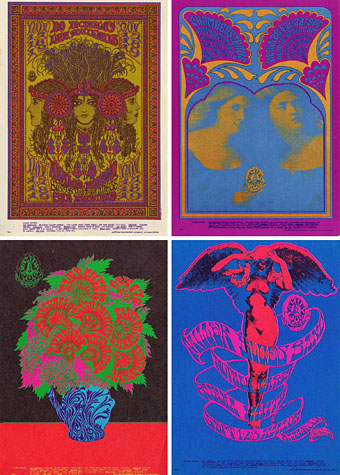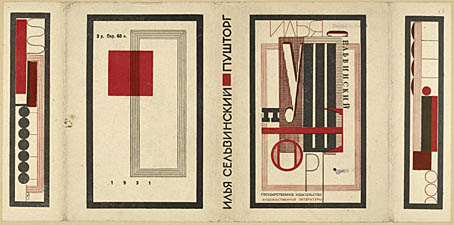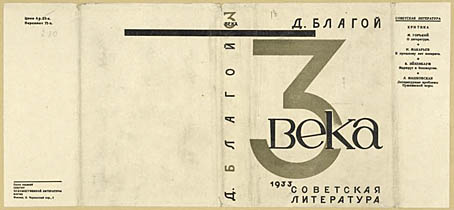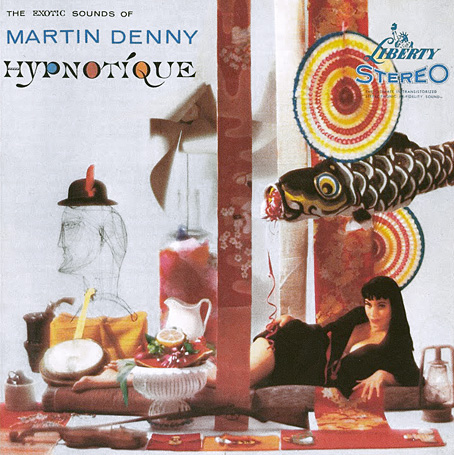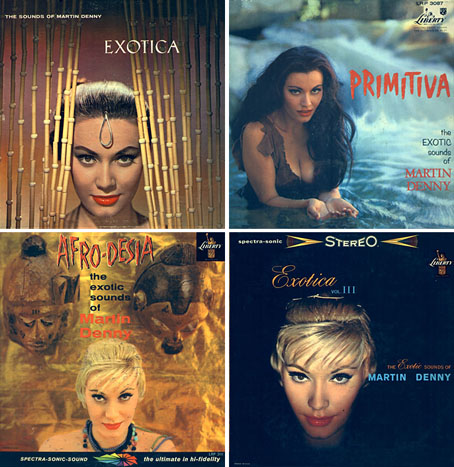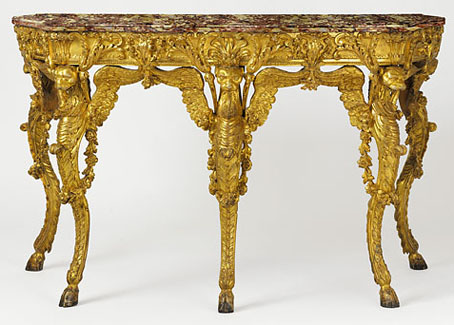
Pier table for Cardinal Rezzonico (c. 1768).
This ostentatious object is on display at the Cooper-Hewitt National Design Museum in an exhibition devoted to Piranesi’s work as a designer. Piranesi (whose work adorns the current {feuilleton} header) is far more well-known for his Carceri d’Invenzione and Vedute di Roma prints than for his furniture design, of course, so this exhibition addresses a side of the artist/architect which is rarely explored outside the more extensive books about his work. I’d seen this table before in black and white photographs in John Wilton-Ely’s substantial monograph, The Mind and Art of Giovanni Battista Piranesi (1978) but those photos don’t fully convey its lavish (some might say gaudy) effect.
The exhibition runs from September 14, 2007–January 20, 2008. From the Cooper-Hewitt site:
This exhibition examines the artist’s role in the reform of architecture and design from the 18th century to the present. This is the first museum exhibition to show Piranesi’s full range and influence as a designer of architecture, elaborate interiors and exquisite furnishings. On view will be etchings, original drawings and prints by Piranesi, as well as a selection of three-dimensional objects. In addition to his better-known architectural projects, Piranesi also designed fantastic chimneypieces, carriage works, furniture, light fixtures and other decorative pieces. The exhibition is co-curated by Dr. Sarah E. Lawrence, director, Master’s Program in the history of decorative arts and design, Cooper-Hewitt, National Design Museum, and John Wilton-Ely, professor emeritus, University of Hull.
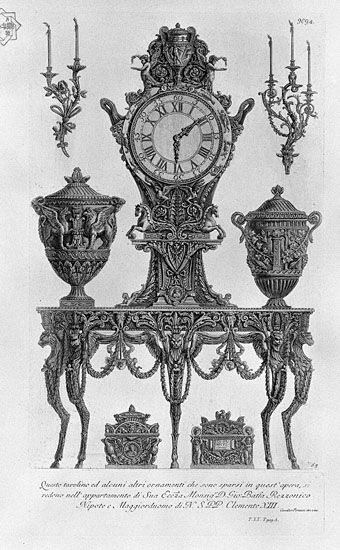
Diverse Maniere…, Open to Chimneypiece: Griffon Monopods on the Jambs (1769).
The original table design appeared in Diverse Maniere, a collection of prints showing design for clocks, furniture and fireplaces. Many of these are the most bizarre and detailed inventions in Piranesi’s corpus, especially the elaborate Egyptian-themed fireplaces. Very few of these confections were built at all but a number of the prints are in the exhibition and can be seen at its very elegant website.
• NYT feature on Piranesi and the Cooper-Hewitt exhibition
Elsewhere on { feuilleton }
• The etching and engraving archive

